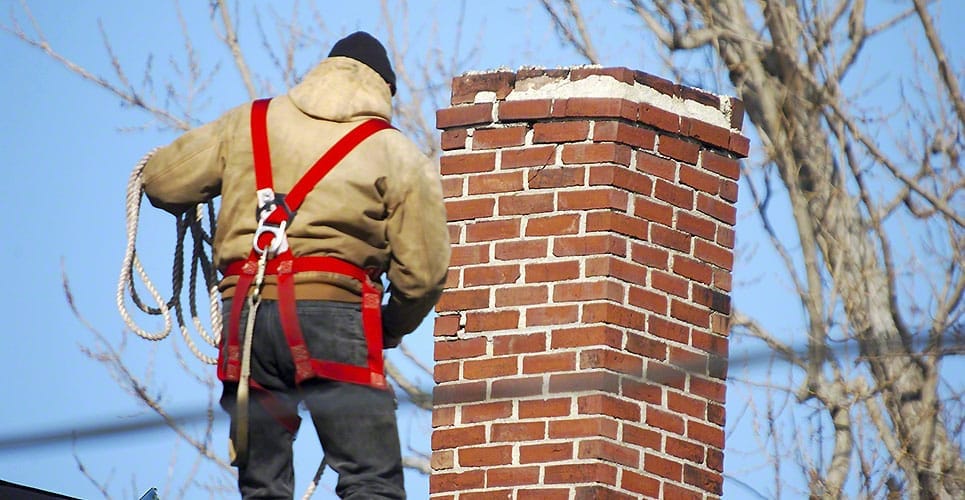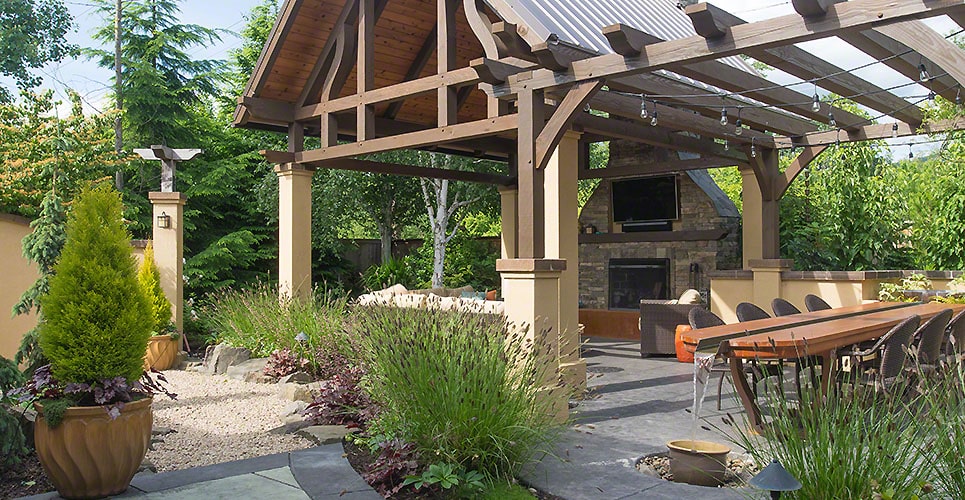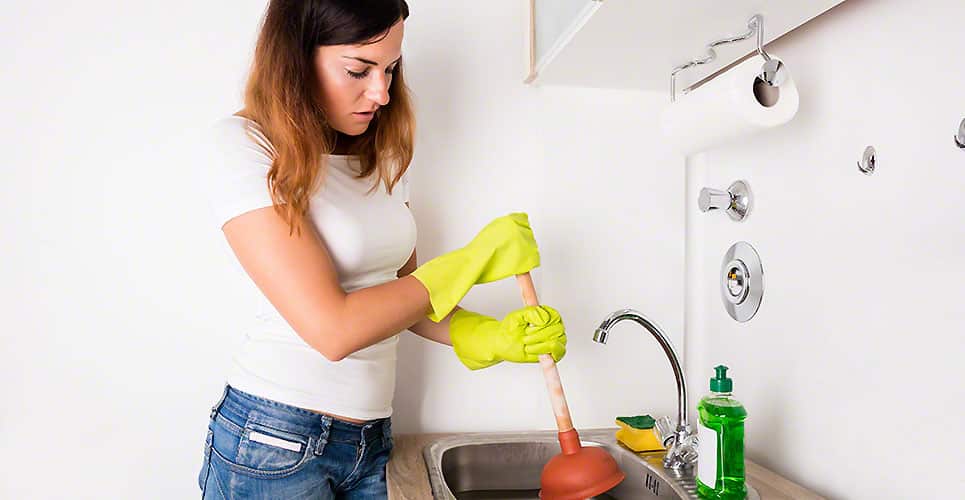A chimney is an essential part of your fireplace and ensures that smoke and harmful gases flow out of your house safely. If the chimney is damaged, it can lead to various problems that can put your safety at risk. You should consult chimney sweep services for an inspection if you spot these signs of a bad chimney.
Signs Of Chimney Damage
Spalling Brick
This is a common chimney problem for homeowners in colder climates. Spalling brick leads to brittle, crumbling, cracked, and missing bricks.
The common reason for spalling brick in chimneys is the weather. Bricks are porous and moisture penetrates into them. When the temperature goes below freezing, the moisture inside the bricks freezes. Frozen moisture occupies more space so the moisture expands and damages the bricks. And when the moisture returns to the liquid or vapor form in a warm temperature or the daytime, the bricks are left brittle and weak.
Homeowners who live in areas where the temperatures fluctuate may notice spalling brick more frequently than chimneys located in other places. Therefore, inspect your chimney every month and make sure the chimney bricks, crown, and flue are in good condition.
Spalling brick is a major issue and requires your quick action because damaged or missing bricks give an easy way for water to enter the chimney and cause more damage even a chimney collapse.
If you catch the problem early on, you will only need to apply a brick sealant. However, if the bricks are already flaking, you should replace the damaged bricks.
White Stains
White stains on the chimney indicate that moisture is entering your chimney. When moisture moves along the bricks of the chimney, the salts or minerals in the water or the bricks/mortar mix with the moisture as well. White stains become visible in the event moisture evaporates and the salts are left on the chimney bricks.
The white spots of minerals themselves are not harmful. You can clean them or paint your chimney. However, white spots show that moisture is entering the chimney.
There are many ways moisture penetrates the bricks or enters the chimney:
- No chimney cap or poorly installed chimney cap.
- Cracked or improperly installed chimney crown.
- Cracks in bricks.
- Damaged mortar.
- Improper installation of chimney flashing or damaged flashing.
- Damaged, poorly installed, or no chimney flue liner.
- Warm air from the inside of the house condenses inside the chimney.
The moisture entering your chimney can result in various problems like deteriorating the structure of the chimney, causing the chimney to lean or collapse, deteriorating the flue liner, leaking other parts of the house, and encouraging the growth of mold.
So, upon spotting white stains on your chimney, you should consider getting in touch with an expert for chimney repair Columbia MD.
Rust
A sign of rust on your chimney is red or orange marks on your chimney that may be visible from the ground as well. There are various reasons for rust on your chimney. Some of them can severely damage your chimney.
Chimney Cap
A simple reason for rust spots on a chimney can be a rusted chimney cap. If you inspect your chimney and the only problem you find is a rusted chimney cap, you can replace the chimney cap which may fix the issue.
However, if the rust marks are for quite a long time, the rust from the chimney cap may have allowed moisture to enter the chimney causing many kinds of damage to the chimney. Therefore, you should check all the metal and non-metal parts of the chimney when you find rust spots on the chimney.
Flashing
The strip of metal that connects the space between the roof and the chimney is called flashing. If it’s rust or the rust reaches it from other parts of the chimney, it will deteriorate. The deterioration will weaken the seal of the flashing leading to moisture seeping into the chimney and the roof.
Flue Liner
Rust damage to flue liners is not limited to stainless steel flue liners only. It can damage clay and cement flue liners as well.
In some cases, rust from a chimney cap damages the flue liner or water entering the chimney due to any reason like damaged bricks or no chimney cap can rust a liner as well. Moreover, ignoring chimney cleaning allows the residue from the burning of wood to stain and corrode the liner. So, you need annual chimney cleaning and inspection to make sure your flue liner is fine.
Chimney leak
A chimney is a problem in itself and also hints at other problems – things that led to the leak. Therefore, if your chimney is leaking, you should determine the reason for the leak. Common causes of a leaking chimney are:
- No chimney cap.
- Deterioration of mortar, masonry, or bricks.
- Cracked chimney crown
- Damaged flashing
- Wood siding
Whenever there is a water leakage in a chimney a full inspection is required to check all the components and parts of the chimney. This is because a leak can be from more than one place. You may detect one place and fix it, but the leak may persist because it was due to another reason as well.
Moreover, if your chimney has been leaking for some time, it may have damaged other parts of the chimney. So, don’t ignore a complete checkup of the chimney and carry out the repairs suggested by the expert after the inspection.
Mortar Joints Deterioration
A mortar joint is the filling that is between two bricks. Bricks are more durable than mortar so you are more likely to detect mortar deterioration than damaged bricks if your place doesn’t have frequent fluctuations in temperature.
If you have damaged mortar joints, they may become powdery and leave the space between bricks empty. This becomes an ideal place for water to enter the chimney and cause damage to the bricks and the flue liner.
Furthermore, mortar joints keep bricks in place, so damaged mortar joints can lead to spalling bricks and a chimney collapse in severe cases.
Damaged Chimney Crown
Chimney crown that’s under the chimney cap and above the most stricture of the chimney. It’s wider than the chimney protecting it from weather and other damages. So, if it becomes cracked or damaged, your chimney becomes prone to leaks.
These leaks can lead to larger cracks in the chimney crown and other parts of the chimney like the bricks. Moreover, with a cracked chimney crown, moisture can penetrate between the flue liner and the walls of the chimney leading to spalling brick and mortar joint damage.
You should have your chimney crown repaired and inspect other parts of the chimney for damage as well. Moreover, you should waterproof the chimney crown to prevent damage to an extent. However, if the damage to the chimney crown is extensive, you should consult an expert to suggest what you should do.
Conclusion
A chimney is mostly ignored by homeowners but plays an important part in keeping you safe in winter. Therefore, inspect your chimney regularly and get in touch with chimney contractors Ellicott City if you spot the above signs of a bad chimney. If you detect the problem early, you will get away with a repair, but if the damage is extensive, you may need to rebuild the chimney.



